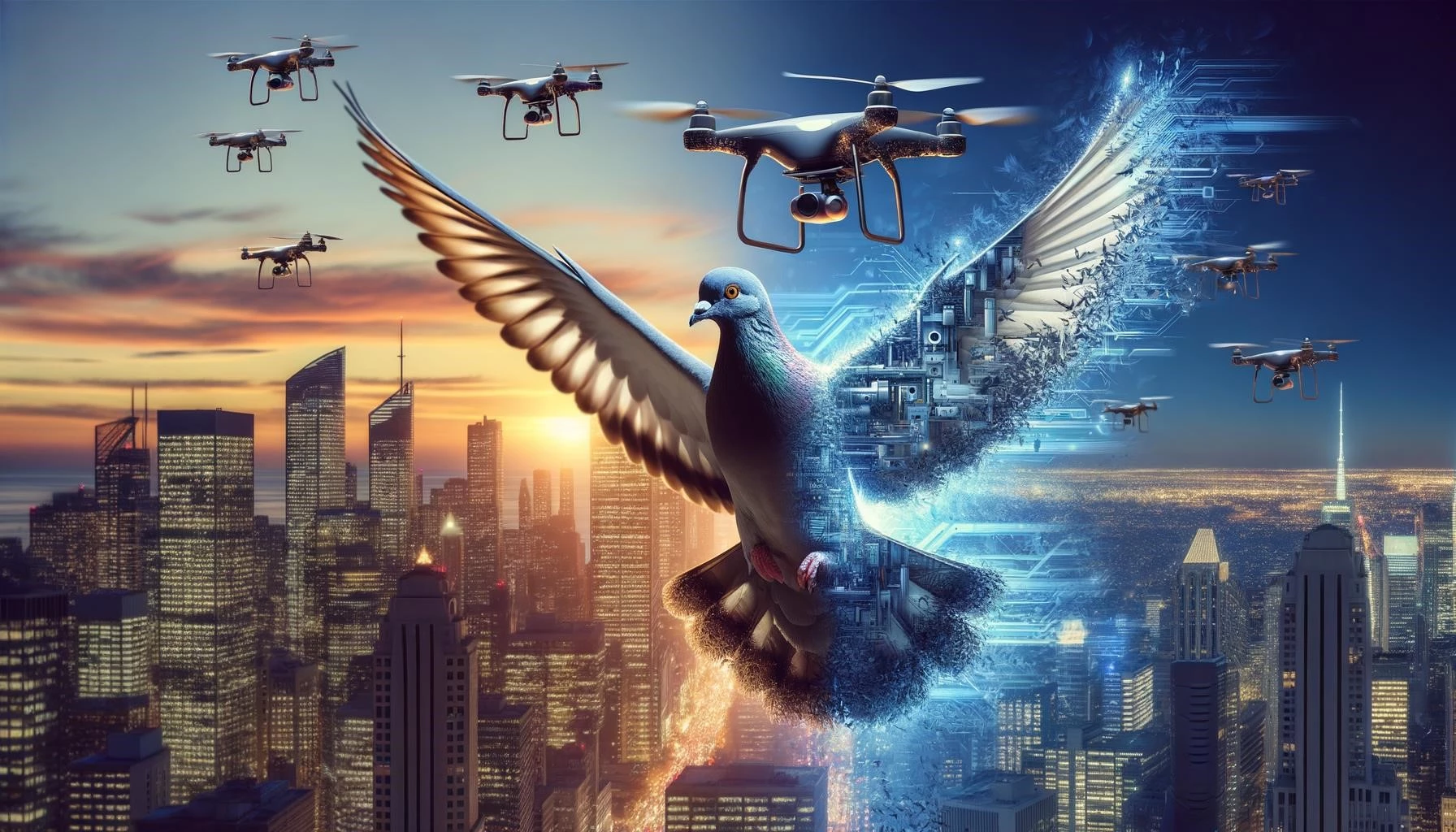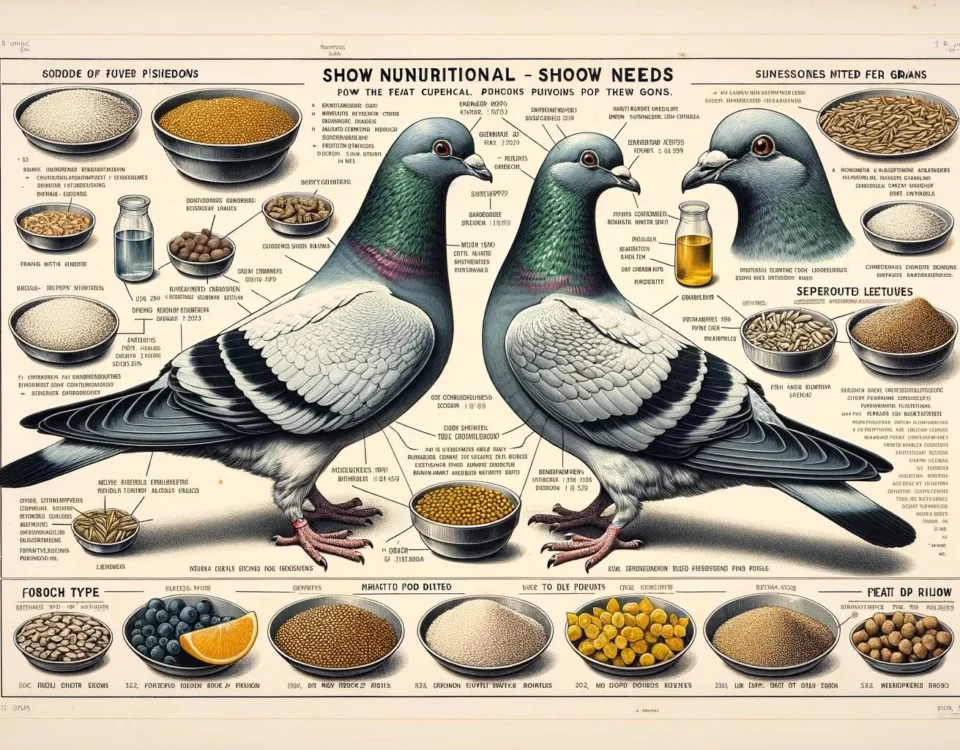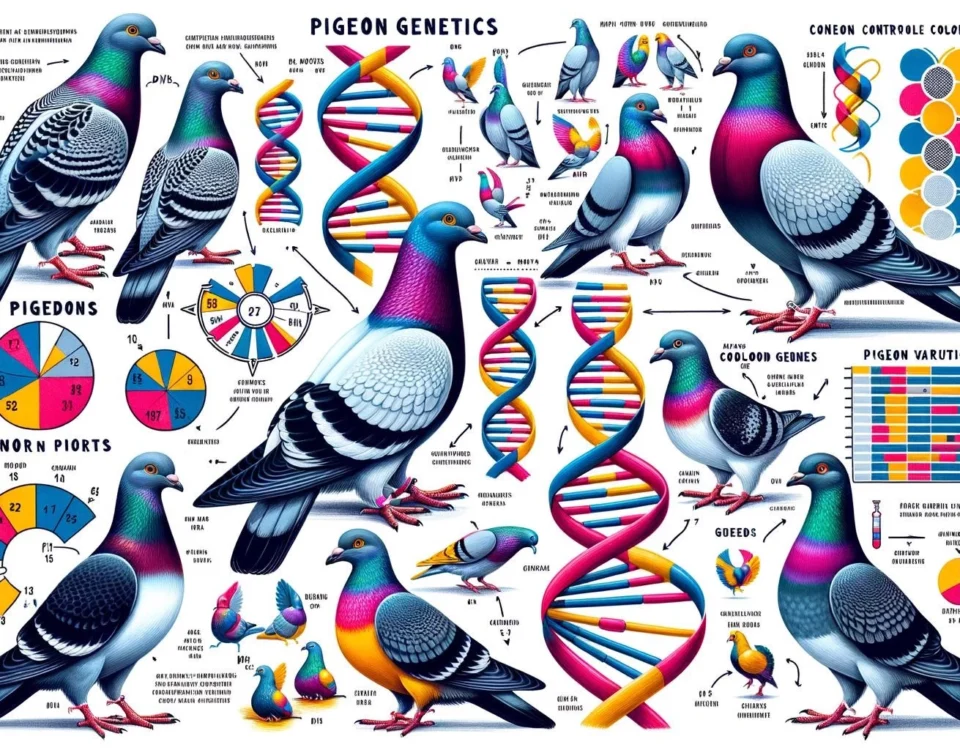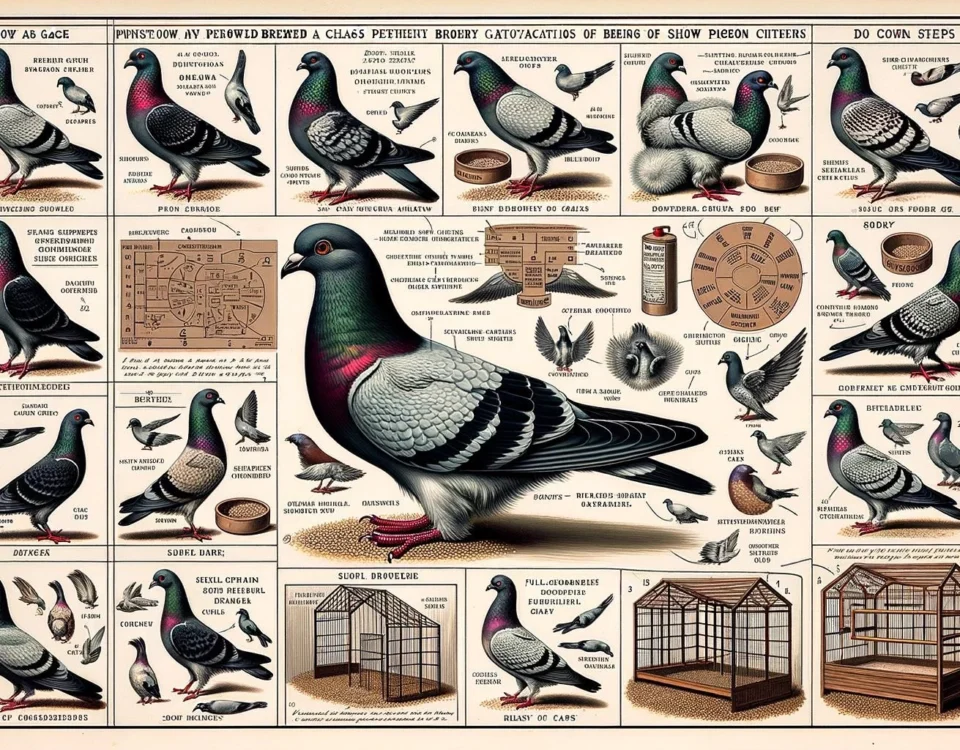Pigeons, often seen as common birds, have a long history of interaction with technology. From their use as messengers to their involvement in scientific research, pigeons have demonstrated surprising capabilities that intersect with technology in various ways. This article will explore some of the key aspects where pigeons and technology converge.
Key Takeaways
- Pigeons have been used as messengers due to their natural homing abilities.
- Pigeons have been studied for their problem-solving abilities, which have similarities to artificial intelligence.
- Pigeons have been involved in scientific research, such as brain wave analysis and navigation studies.
Pigeons as Messengers
Pigeons have long been used as messengers due to their remarkable homing abilities. They can be transported to a specific location in cages and then carry messages back to their original home. This practice has been employed in various parts of the world, serving as an effective method of communication.
The utilization of carrier pigeons as messengers traces back to the early days of long-distance communication. These avian couriers carried handwritten notes from sender to recipient, covering distances that humans could not easily traverse. This use of pigeons as messengers proved especially valuable during wartime, where rapid and reliable communication was crucial.
Pigeons and Problem-Solving Abilities
Research has shown that pigeons possess problem-solving abilities that are similar to artificial intelligence systems. A study demonstrated that pigeons have strong associative systems and exhibit cognition-like behavior. Their ability to learn from consequences and correct errors is particularly remarkable.
In addition, pigeons have the capacity to find resemblance between two objects, showcasing a similarity function. This cognitive ability allows them to solve problems and make associations in a manner comparable to certain AI models.
Pigeons in Scientific Research
Pigeons have also been subjects of scientific research aimed at understanding their navigation and cognitive abilities. In one study, a team of researchers created a tiny device to read the birds’ brain waves while they were flying. This research showed that pigeons possess navigation secrets that can be analyzed through their brain wave patterns.
Furthermore, pigeons have been studied for their homing abilities and their ability to navigate complex and changing landscapes. These investigations have contributed to a better understanding of both avian navigation and navigation systems used in technology.
During World War I, pigeons were even outfitted with tiny cameras and released over enemy territory. As the birds flew, the cameras captured photographs, providing a unique aerial perspective for military intelligence. Pigeons have historically served as a valuable tool in espionage and surveillance efforts.
While pigeons may not be traditionally associated with technology, their unique capabilities and interaction with scientific research have made them an intriguing subject of study. Their natural homing abilities, problem-solving skills, and role as messengers have intersected with various aspects of technology, contributing to our understanding of both avian intelligence and human technological advancements.









